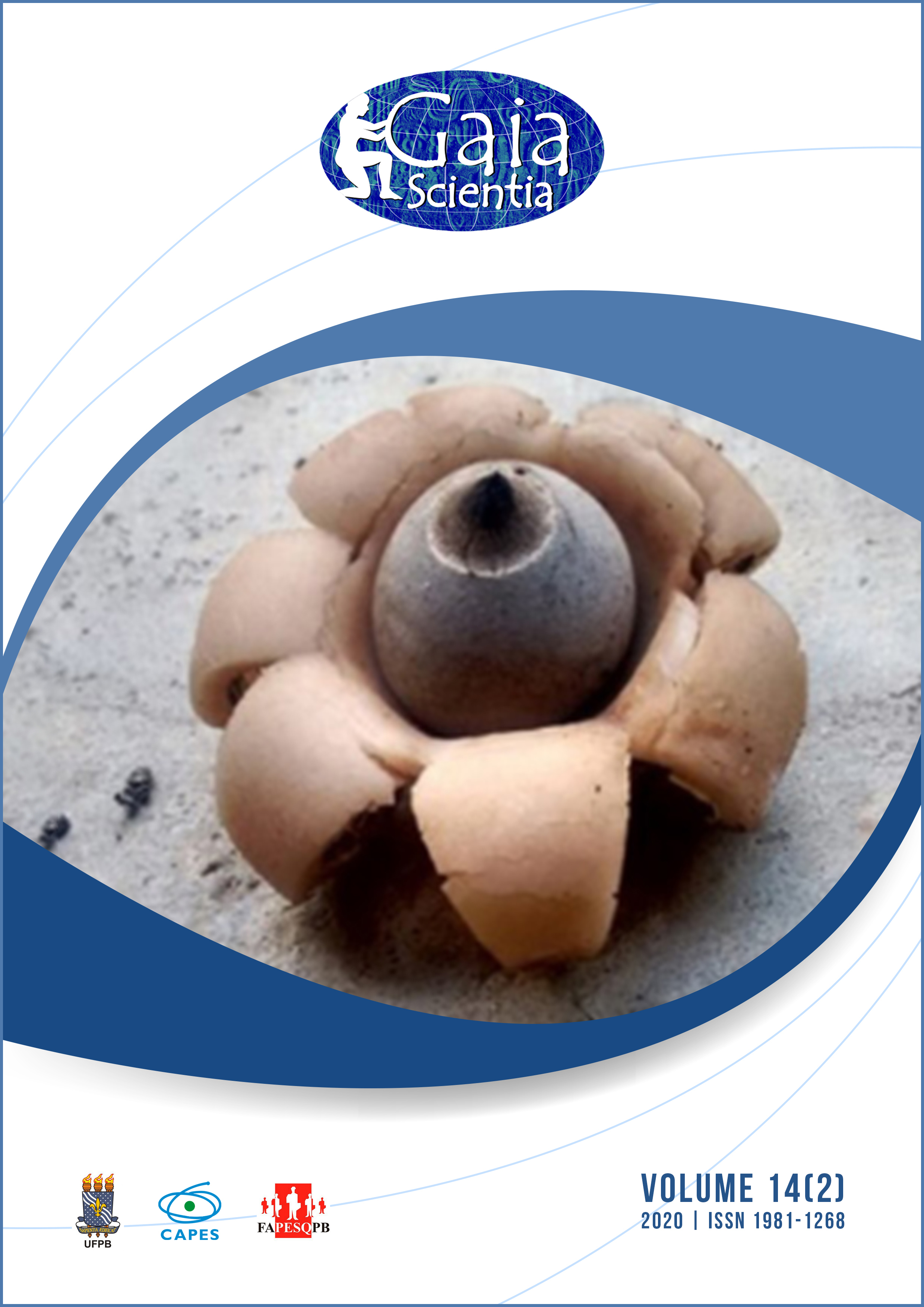UHE MACHADINHO E ICTIOFAUNA: IMPACTOS AO LONGO DOS DEZ PRIMEIROS ANOS APÓS A SUA CONSTRUÇÃO
DOI:
https://doi.org/10.22478/ufpb.1981-1268.2020v14n2.50437Abstract
The aim of this study was to investigate the changes that occurred in the fish assembly over the ten years following the formation of the HPP Machadinho reservoir, in the upper Rio Uruguai region. For this, collections were carried out with seasonal periodicity between 2002 and 2011. In total, 41,168 individuals were captured, distributed in 7 orders, 21 families, 43 genera and 65 species. The ichthyofauna in the reservoir was dominated by opportunistic, sedentary and small species, especially “lambari” and “mandi” - Astyanax fasciatus and Parapimelodus valenciennis - which accounted for more than 48% of the captured individuals. As for biomass, the piscivore Acestrorhynchus pantaneiro was the most captured species, possibly favored by the increasing population of forage species. The presence of migratory species was rare, reflecting the absence of well-structured lotic stretches to guarantee the different habitats necessary for these species to complete their life cycle. In general, the k-dominance curves indicated a moderately disturbed fish community throughout the study period. As for the temporal changes, the cluster analysis indicated gradual changes in the ichthyofauna: evident reflexes of the initial impacts caused by the dam in 2002; new destabilization of the assembly caused by abiotic factors in 2006; trend of stabilization in the reservoir in the last five years monitored.










